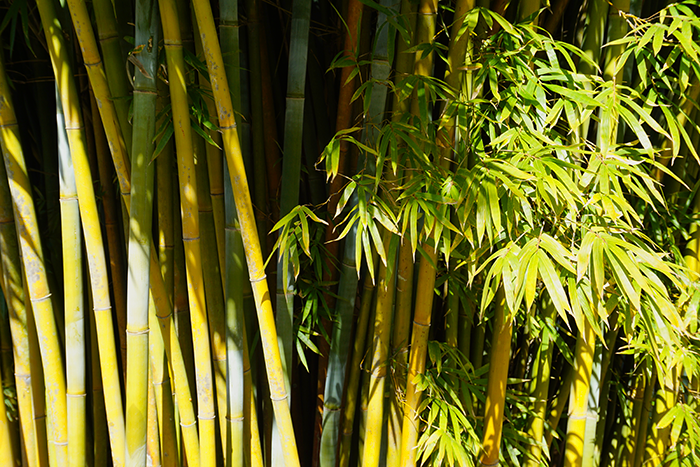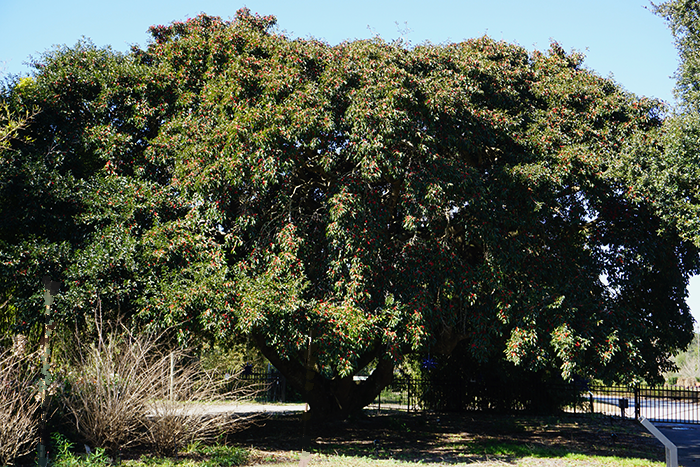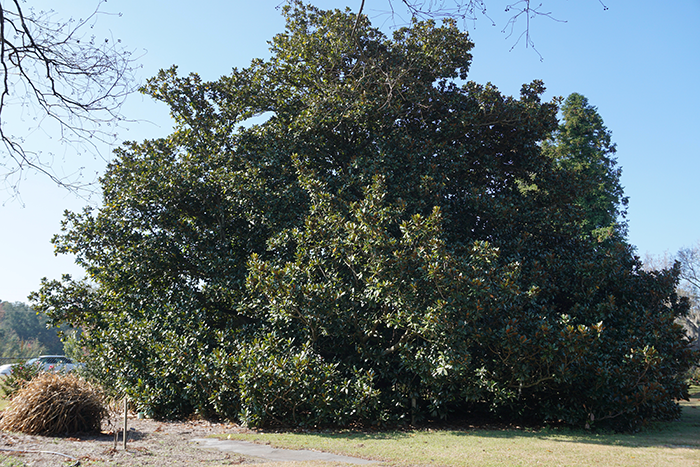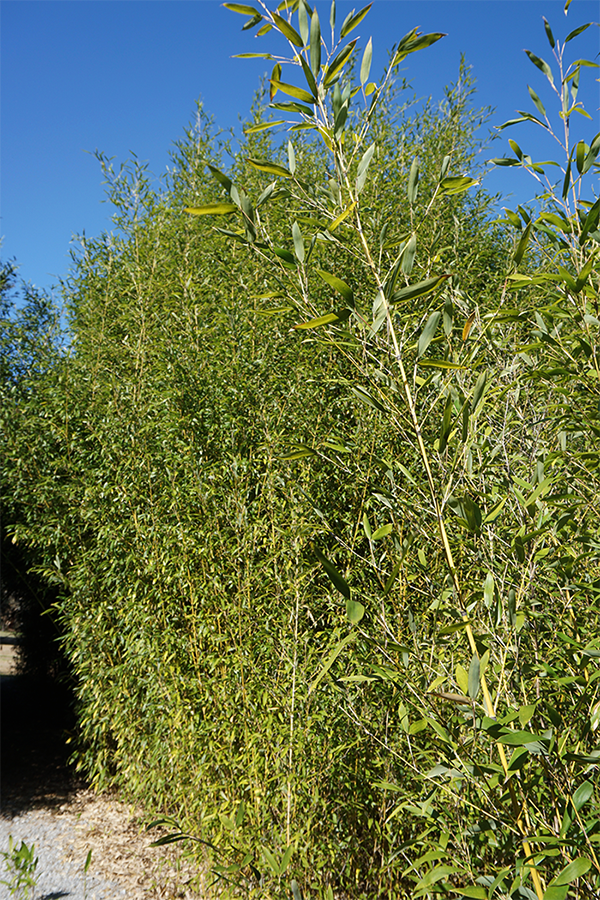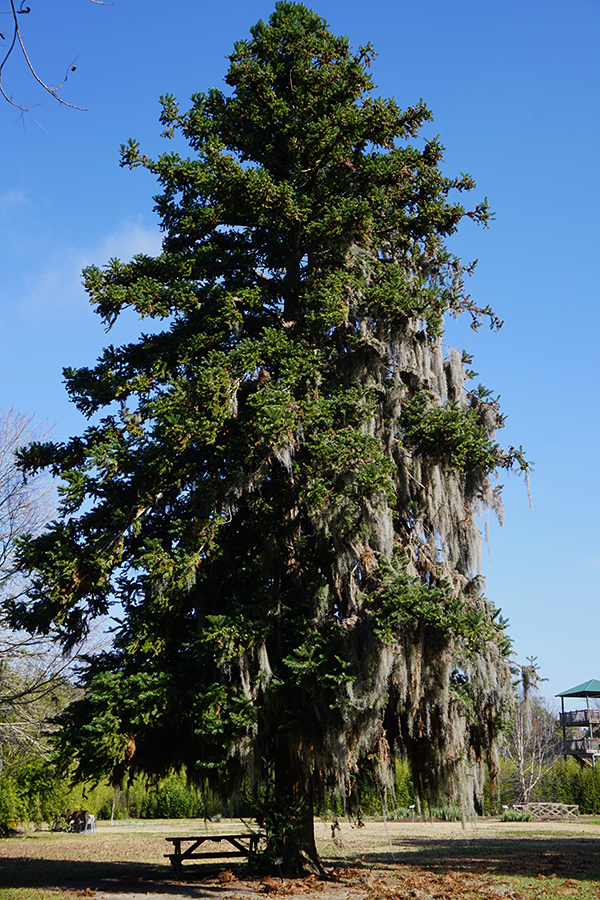Forsyth Park
Forsyth Park was created in 1841 on 10 acres of land. It was part of General Oglethorpe’s original plan, used as a grazing area and pine forest initially and later as a parade ground for Confederate troops. It now covers 30 acres and has a famous fountain that was actually ordered from a catalog in 1858. Similar fountains can be found in Paris, New York and Peru. For the Saint Patrick’s Day celebrations the city dyes the fountain green.
Many of the trees in the park are historic and can be seen in old photographs. The sidewalks are lined in a canopy of live oaks. On the south end you find grassy playing fields, tennis courts, a cafe and concert area. At the north end you will find many types of trees in a forest setting with lots of places to relax in the shade for a picnic. Different species include magnolia, tulip poplar, hickory, ginkgo, beech and white ash. Trees in Forsyth Park that are highlighted on the Home page: American sycamore and Ginkgo.
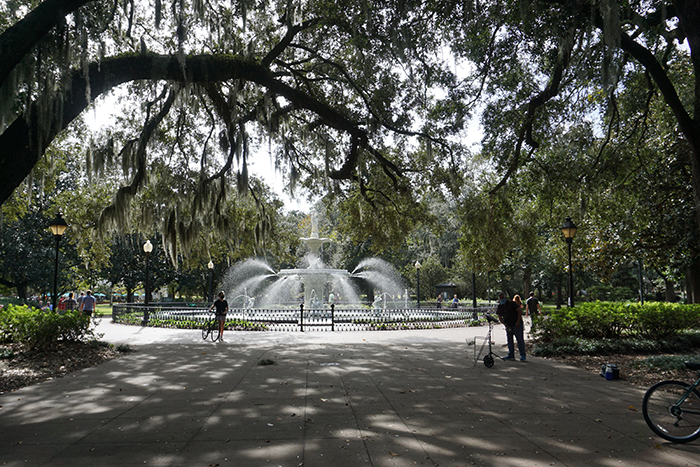
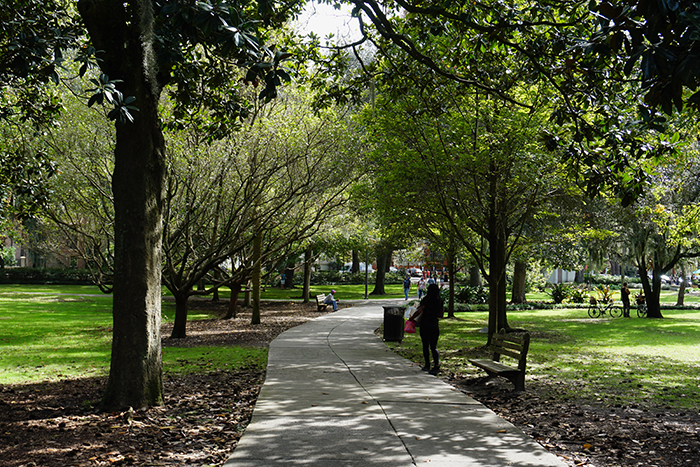
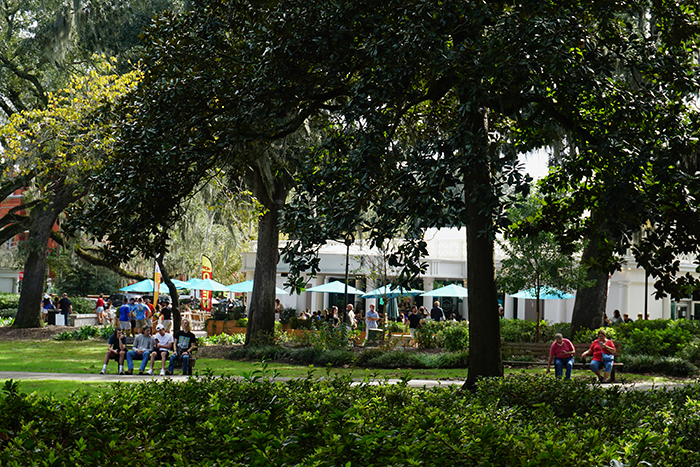
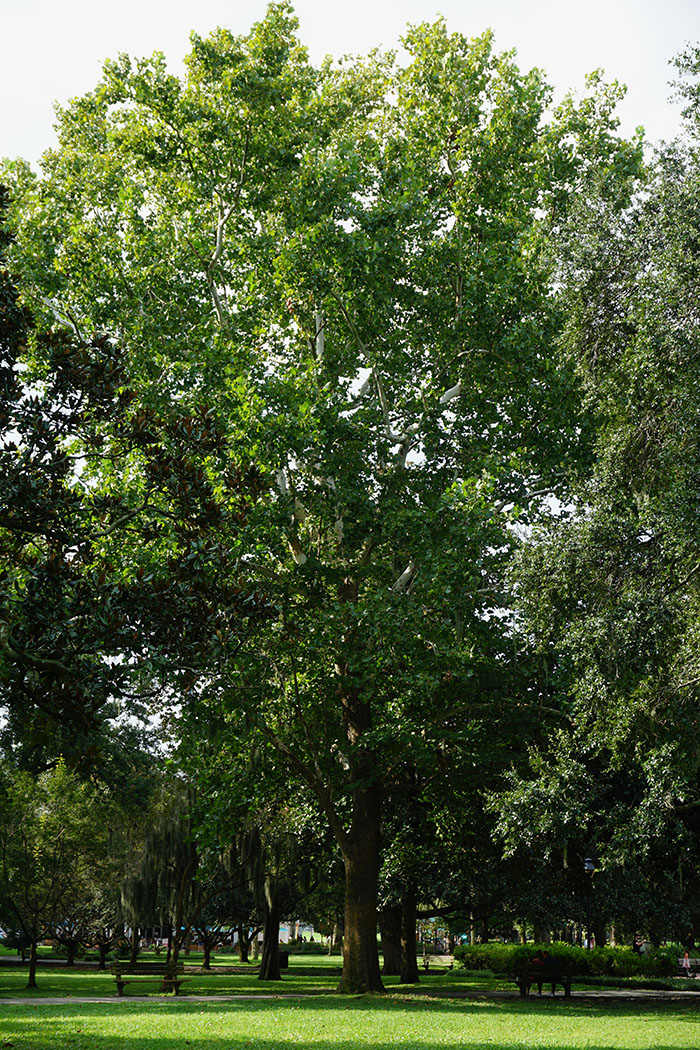
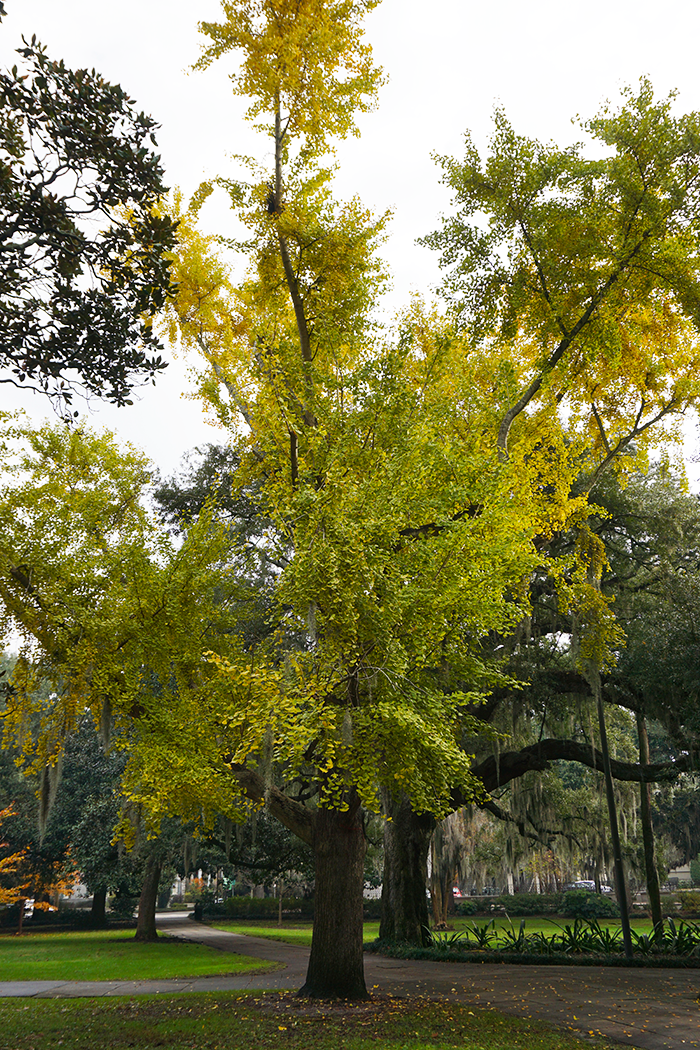
Daffin Park
Designed by John Nolan and built in 1907, Daffin Park is Savannah’s first significant 20th century greenspace. Bounded on the north and south by Victory Drive and Washington Avenue, the park’s 80 acres is bisected down the middle by two central roads that form a 210-foot wide allee. The avenue is lined with 156 live oaks that were transported from Ossabaw Island in 1908 by tug and freighter.
Daffin Park is a gathering place for family reunion picnics, football and soccer practice, tennis, food truck festivals and baseball at historic Grayson Stadium. A few fun tidbits: the grassy playing fields were once used as a landing strip for small planes. The lake on the Victory Drive side was originally in the shape of the 48 states. Today people fish on the lake.
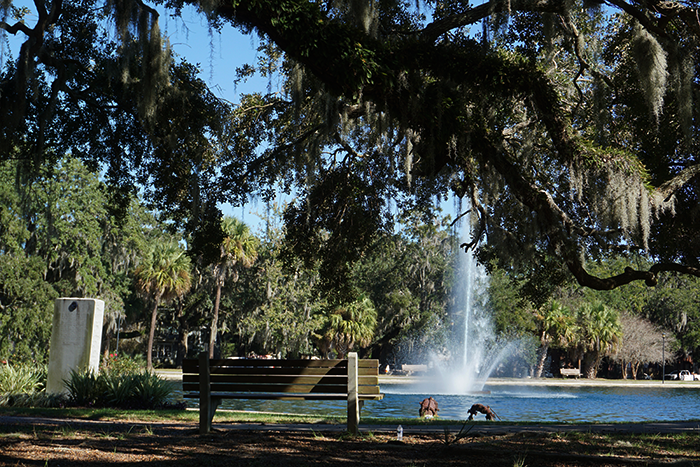
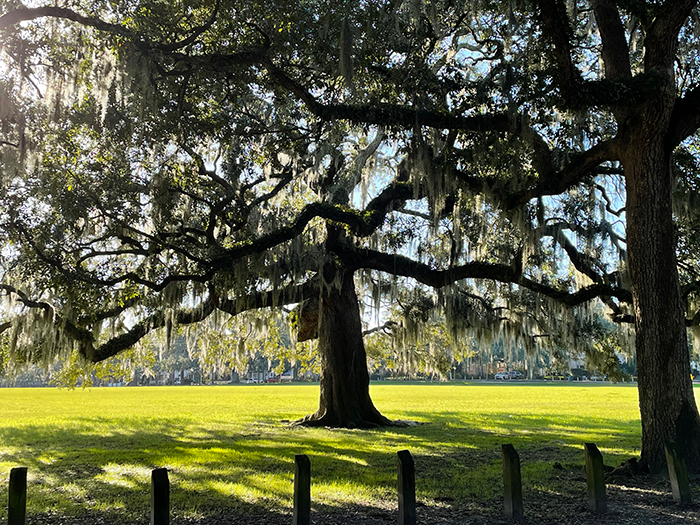
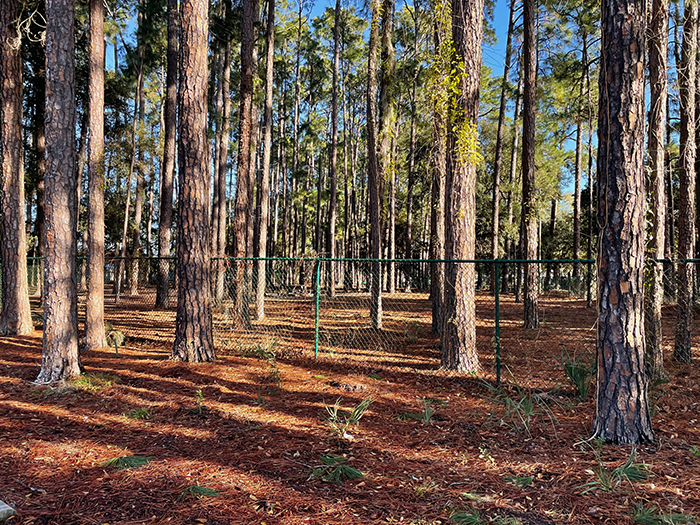
Wormsloe State Historic Site
Wormsloe Plantation is located at 7601 Skidaway Road on Isle of Hope, 11 miles SE of downtown Savannah. It is the colonial estate of Noble Jones, a carpenter, surveyor and doctor who came to Savannah with General Oglethorpe in 1733. Jones built a house on this site in 1745 out of tabby, a mix of oyster shells and lime. The fortified house overlooked the Skidaway narrows on the Skidaway River, halfway between Savannah and the Atlantic Ocean. It was part of a defensive network built to protect Savanah from the Spanish. Today all that remains of the house is the tabby foundation.
One of Noble Jones’ descendants planted the 1.5 mile-long avenue of Oaks in 1857. Drive and admire over 400 live oaks reaching across the sandy road, dangling Spanish moss. If you walk one of the trails in the park you will find stands of longleaf pine, native magnolia, cedar, holly, sweetgum, tulip poplar and hickory.
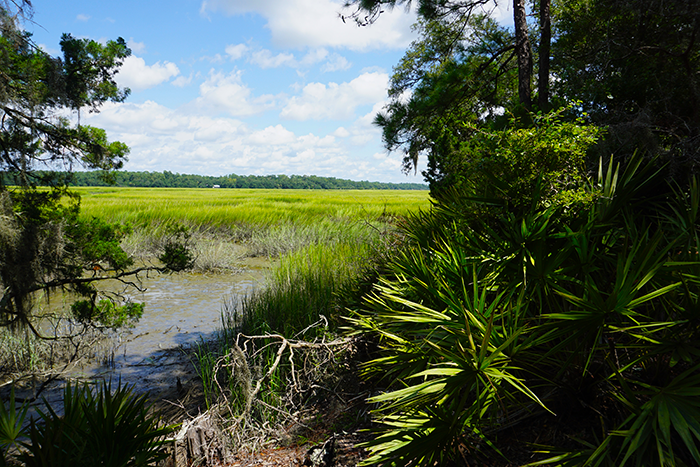
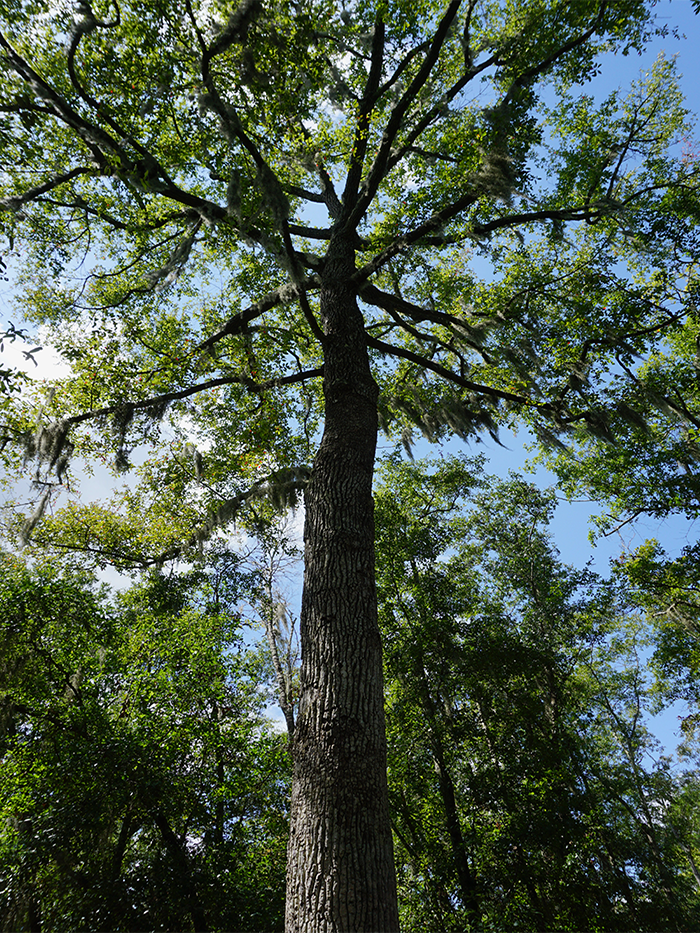
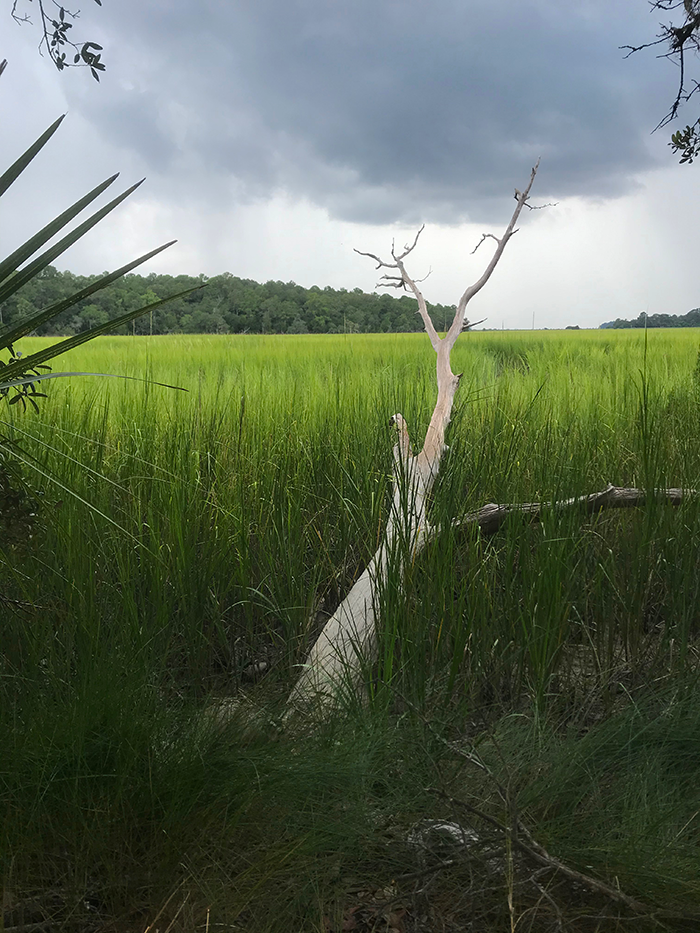
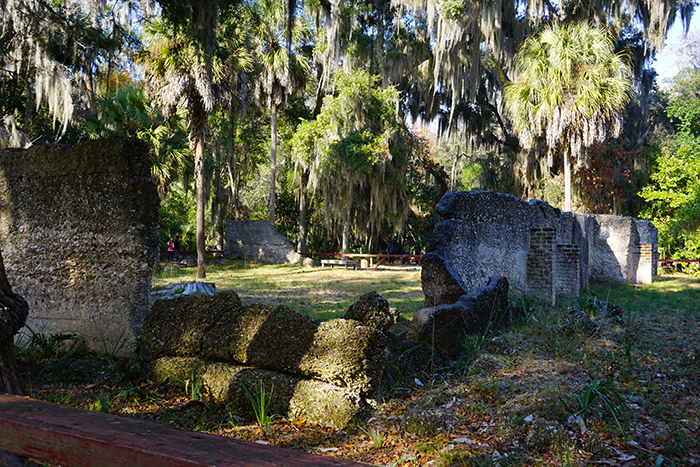
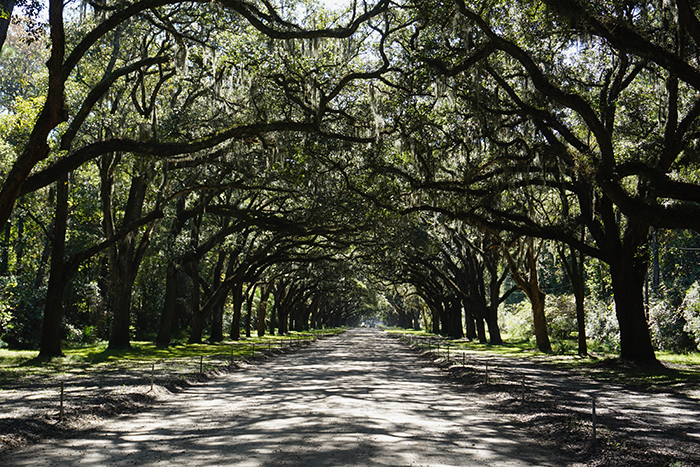
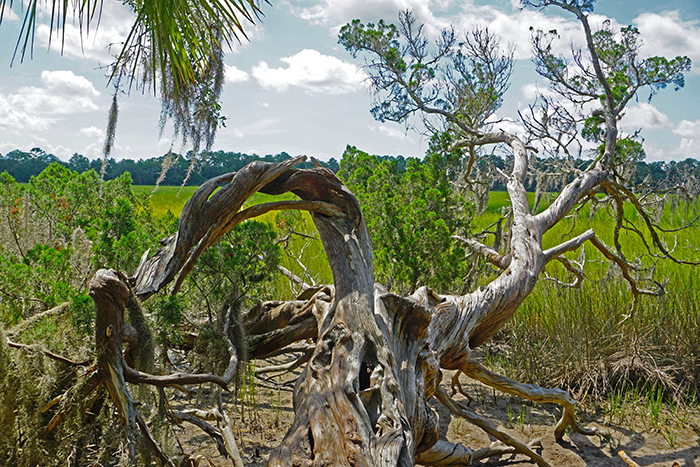
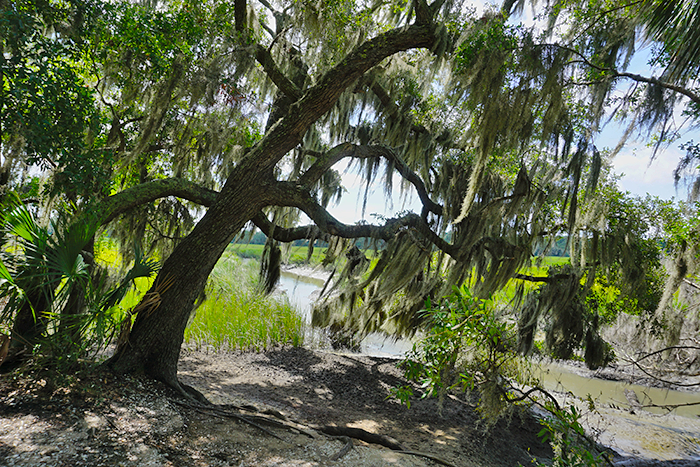
Coastal Georgia Botanical Gardens
The Coastal Georgia Botanical Gardens is located at 2 Canebrake Road, 10 miles SW of Savannah, the 51 acres of gardens has evolved from a rice plantation to a bamboo farm, to a USDA testing site and now a botanical garden managed by the University of Georgia.
Over 50 specimens of bamboo were planted from the 1920s through the 1940s. It is the largest collection of American bamboo open to the public outside of California. There is also an historic Japanese timber bamboo grove that Mrs. Miller planted in the late 1880s. The canes grow to 45 feet. Walk through a bamboo maze and climb the lookout tower for a view of the entire property.
Strolling the gardens you will also find 40 winter-hardy palm species and the largest collection of camellias outside of China. Specimen trees of Chinese fir, Lord’s holly, magnolia, Japanese evergreen oak, Chinese pistachio and Oliver maple are scattered throughout the botanical garden.
